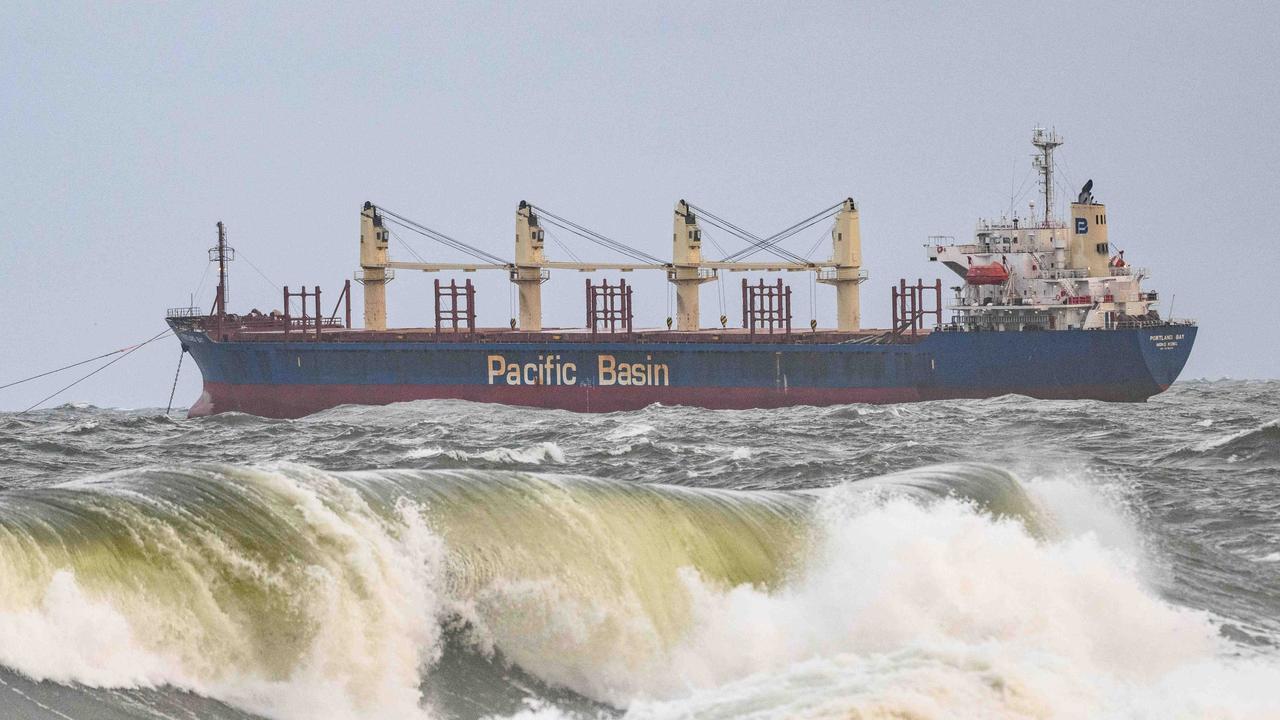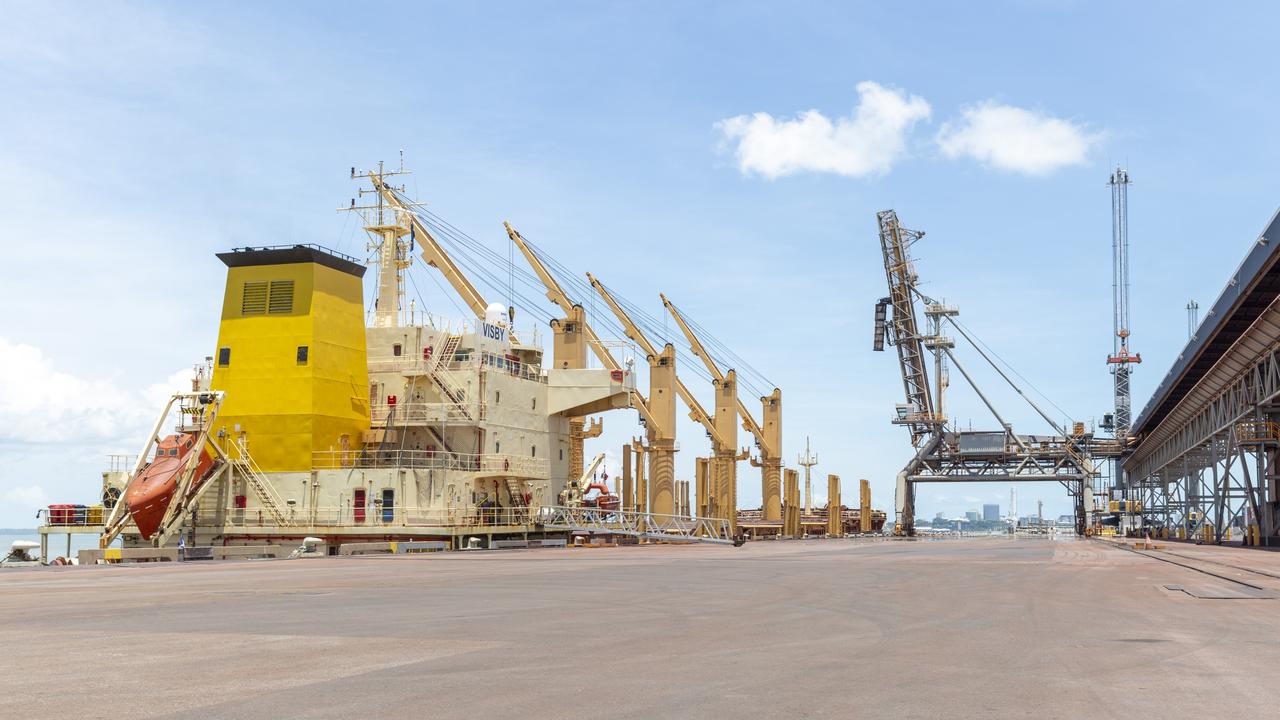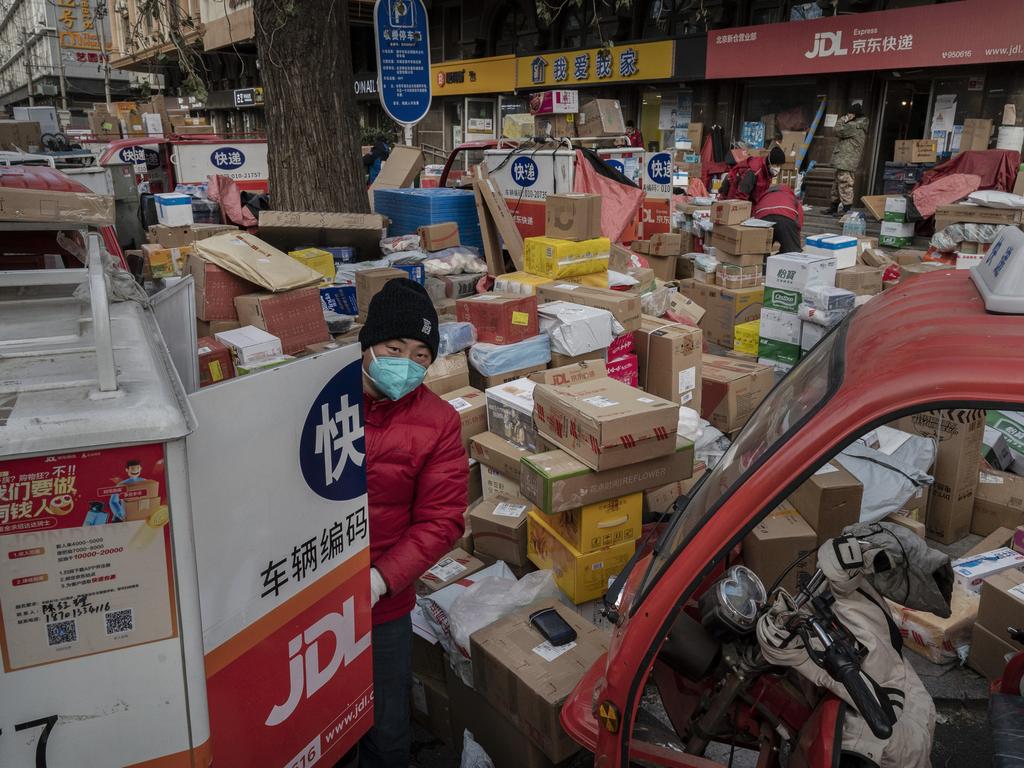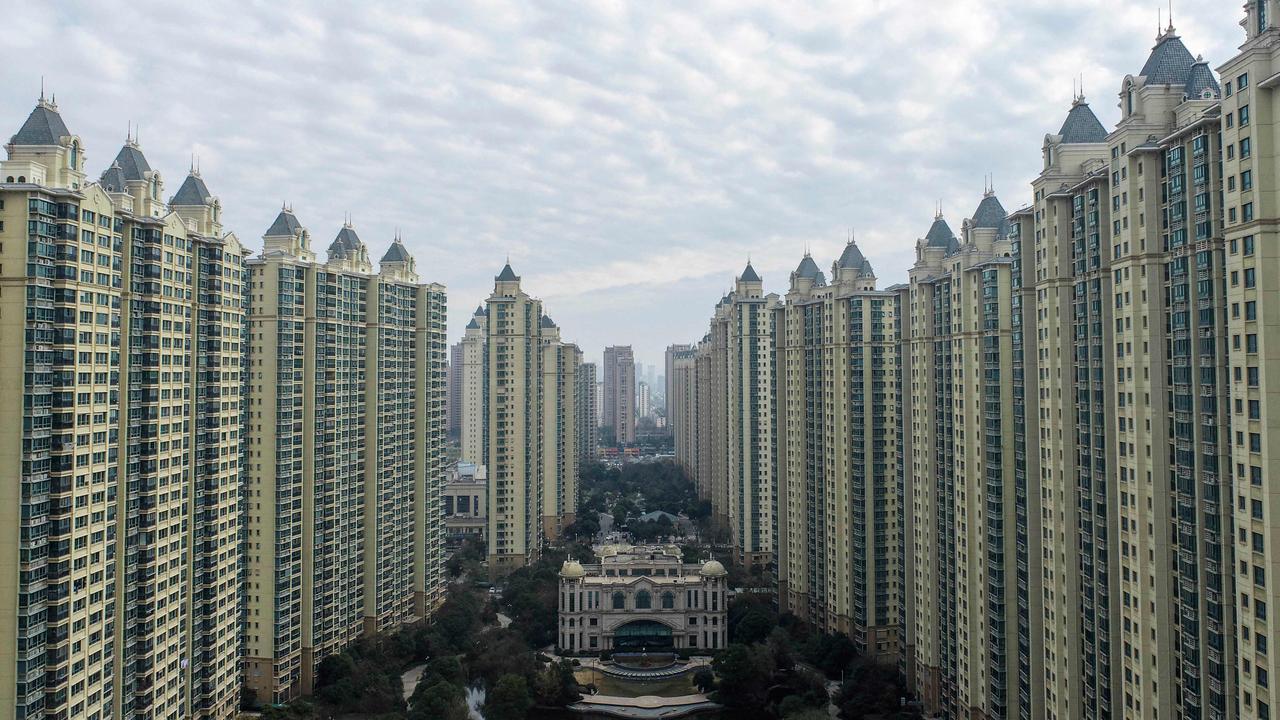China move leaves future of Australia uncertain
The future of Australia relies on this one thing but China’s desperation means we could be cut off at the source – and the consequences could be disastrous.

Since the colonies of Australia were first federated into a modern independent nation over 120 years ago, Australia’s economic fortunes relied on exports.
At the nation’s founding in 1901, Australia was heavily reliant on agricultural exports to the UK and the rest of the British Empire.
In the decades that followed, it was said that Australia’s economic fortunes rode on the sheep’s back, given the impact that the rising and falling fortunes of the wool industry could have on the broader economy.
In the present, Australia’s economic fortunes ride atop a bulk carrier the size of an AFL football field exporting the nation’s mineral wealth to China and the rest of the world.
While the rising price of thermal coal and liquefied natural gas which has been heavily driven by the war in Ukraine has shifted the balance of export destinations in a major way, on a more long-term time horizon, Australia’s reliance on China importing our minerals largely remains.

An end to zero-Covid
In early December, the Chinese government announced the end of the draconian zero-Covid approach to dealing with the pandemic, making a number of major policy changes designed to shift China’s strategy towards living with Covid-19.
The shift prompted a great deal of positive commentary on the future trajectory of the Chinese economy, as well speculation that a reopening could help drive inflationary pressures as demand for commodities and other goods increased.

The expectation is that Australian mineral exports could benefit significantly from the reopening of the Chinese economy. But the reality could end up looking quite a bit different to the positive narrative put forward by Wall Street.
On December 13, Bloomberg reported that Beijing would delay its Central Economic Work Conference for several days as Covid case numbers rose in the capital.
Amid lower testing levels and significantly lower case numbers on paper, queues are growing outside of Covid clinics and there is mounting evidence that Covid cases are becoming significantly more widespread.
The legacy of Covid-0
Despite the official shift away from zero-Covid, the Chinese public’s concerns about the virus haven’t gone away. According to a recent report from Reuters, many in Beijing are currently largely staying home because they don’t want to contract Covid.

Since the move away from zero-Covid began, Chinese state media and the nation’s top medical adviser Zhong Nanshan have repeatedly reiterated that the Omicron variant of Covid is roughly as dangerous as influenza.
After the best part of three years spent avoiding Covid like the plague (no pun intended), the early signs suggest that the Chinese public aren’t ready to take these statements at face value. Given the fact that restrictions remained in place up until roughly a month ago, it is understandable that members of the public are uncomfortable with the idea of living with the virus.
What could this mean for Australia?
The widely held expectation is that a reopening China will benefit Australia significantly, largely through higher commodity prices and greater revenues flowing to state and federal treasury coffers.
But there is a great deal of uncertainty as to whether or not this will play out. It remains unclear as to what China’s reopening may look like, whether it will reflect the hopes of investors or if it will be more of a stop, start affair defined by the reticence of the Chinese public to resume their pre-Covid spending habits.
There is also another variable that could play a major role in how China impacts the fortunes of the Australian economy in 2023, a renewed push by the Chinese government to create a more consumer-driven economy.
While this type of objective is nothing new, with the shift from construction-driven growth to a more self-sufficient economy a prominent goal since President Xi’s predecessor President Hu Jintao was in his first term, the struggles of the property sector and diminishing returns on infrastructure investments has increased the degree of urgency for reform.

The ultimate goal is to craft a consumer consumption driven economy, where the construction sector and stimulus no longer plays an outsized role in driving day to day economic activity. Around 26 per cent of all GDP in China is driven by the construction sector, compared with just 4.3 per cent in the US and 8 per cent in Australia.
If Beijing was able to achieve a developed consumer economy and it should be noted that this is a rather big if, eventually it wouldn’t need to keep building infrastructure with questionable economic viability or an excessive number of new homes.
This would impact the demand for key Australian exports such as iron ore and coking coal, putting downward pressure on prices and potentially volumes depending on where export sources sit on the cost of production curve.
Australia, China and 2023
Despite the potential headwinds of a transitioning Chinese economy and issues with emerging from the pandemic, these problems may not end up mattering too much to Australia’s economic fortunes.
For example, during 2022 Chinese steel demand remained weak for much of the second half of the year, yet despite this weakness, iron ore prices remained well above their 2019 average for much of that period. This is quite impressive considering that supply was tight during much of 2019 due to the Vale mine disaster in Brazil, which saw the catastrophic collapse of a dam leading to the deaths of 270 people.
Ultimately, the outlook is murky at best.
On one hand, bullish commodity markets could drive a significant windfall for Australia as China’s reopening once again proves the Lucky Country’s fortunes ride on the back of a bulk carrier.
On the other, a continued crackdown on risk from the property sector, a stop/start reopening and attempts to transition the Chinese economy could put a damper of demand for the steel making commodities Australia is known for and relies on.
We’ll just have to wait to see which scenario is closer to the mark.
Tarric Brooker is a freelance journalist and social commentator | @AvidCommentator






